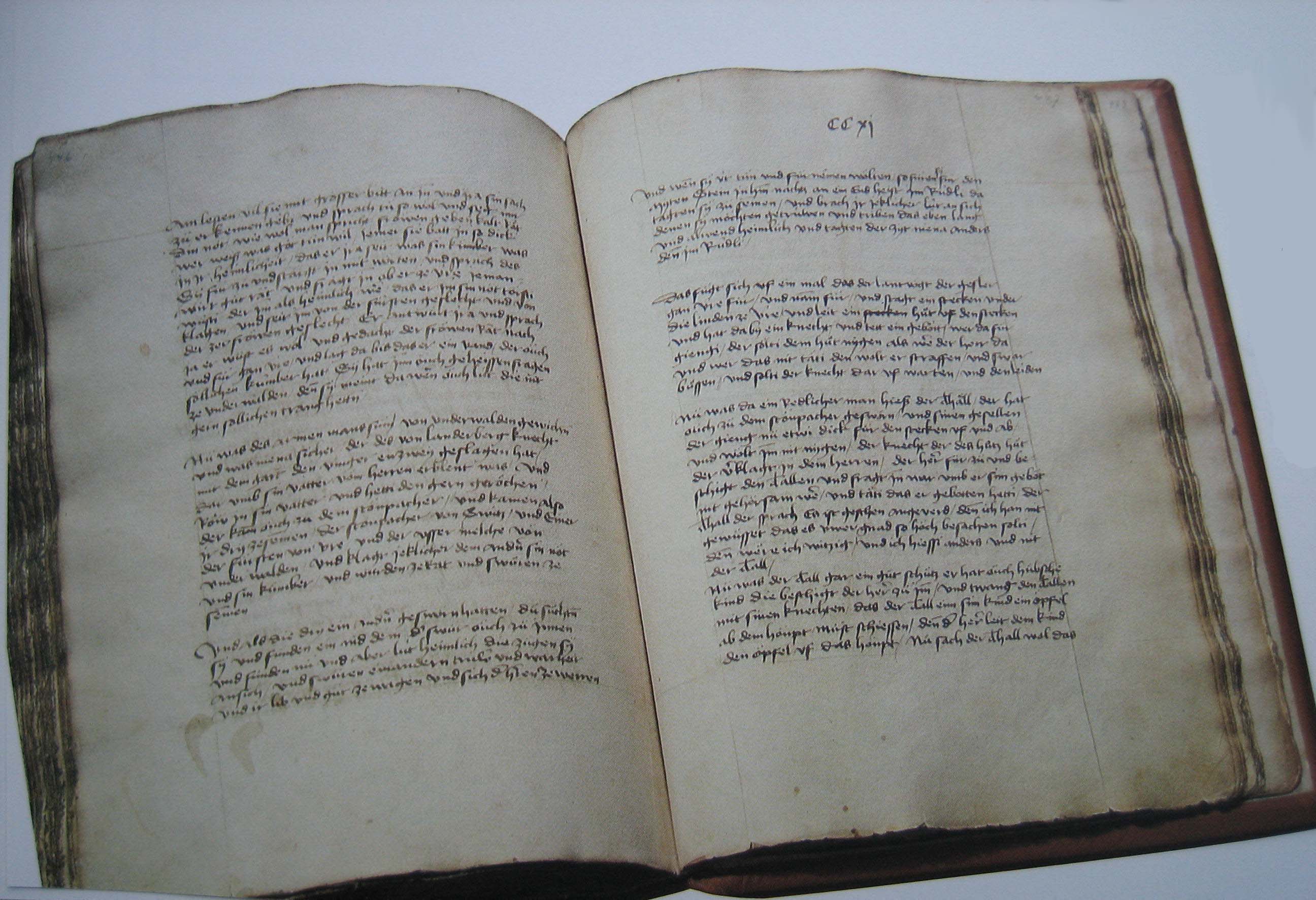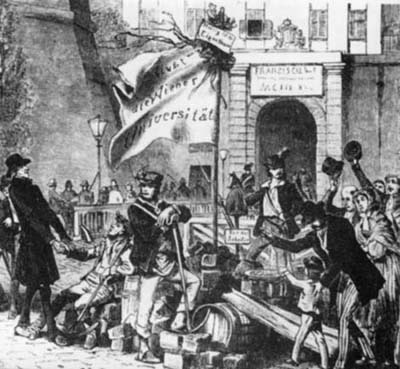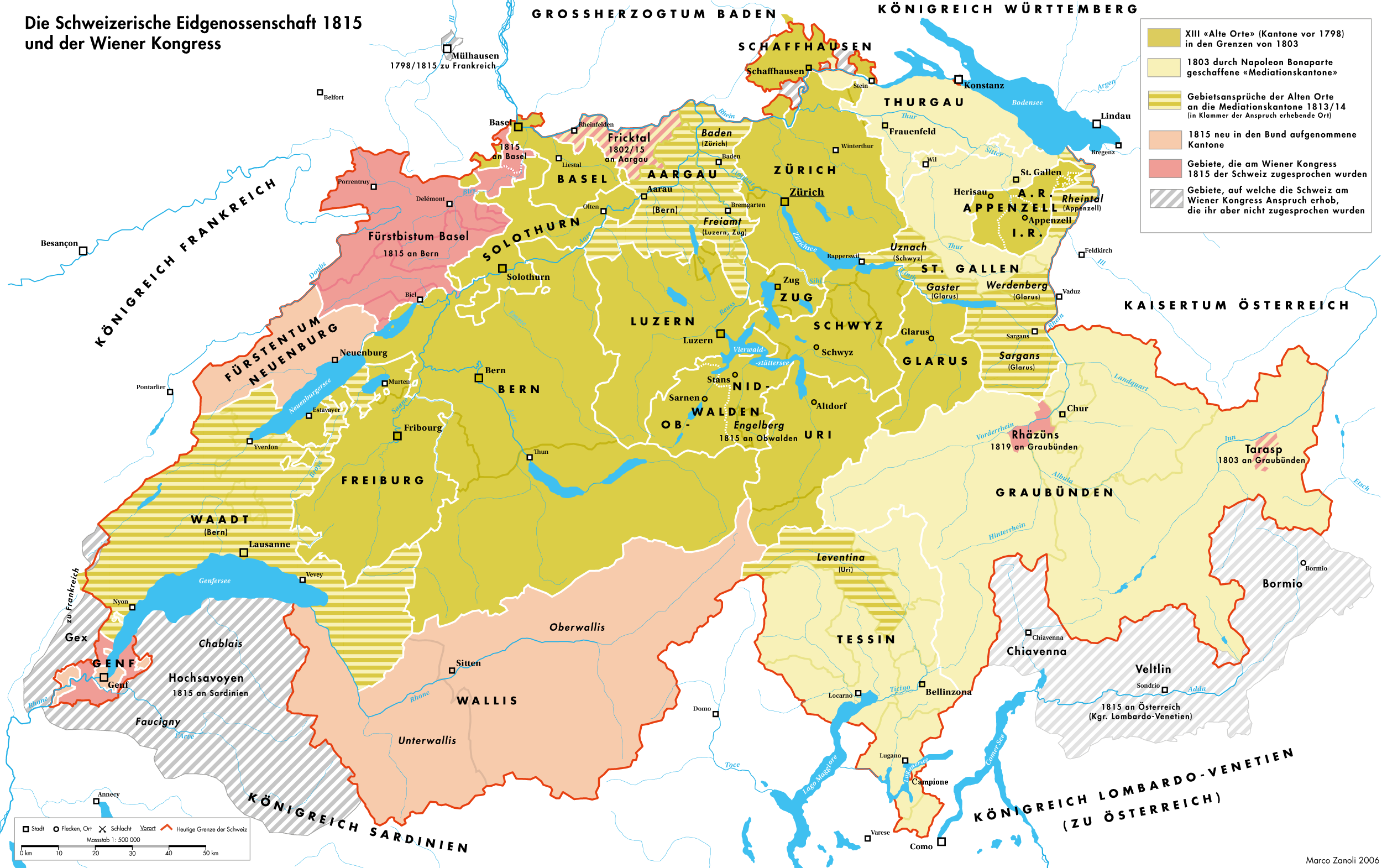|
Guillaume Tell
William Tell (, ; ; ; ) is a legendary folk hero of Switzerland. He is known for Shooting an apple off one's child's head, shooting an apple off his son's head. According to the legend, Tell was an expert mountain climber and marksman with a crossbow who assassinated Albrecht Gessler, a tyrannical Vogt (Switzerland), reeve of the Duchy of Austria#House of Habsburg, Austrian dukes of the House of Habsburg positioned in Altdorf, Uri, Altdorf, in the canton of Uri. Tell's defiance and tyrannicide encouraged the population to Burgenbruch, open rebellion and to make a Rütlischwur, pact against the foreign rulers with neighbouring Schwyz and Unterwalden, marking the foundation of the Old Swiss Confederacy, foundation of the Swiss Confederacy. Tell was considered the father of the Swiss Confederacy. Set in the early 14th century (traditional date 1307, during the rule of Albert I of Germany, Albert of Habsburg), the first written records of the legend date to the latter part of the 15 ... [...More Info...] [...Related Items...] OR: [Wikipedia] [Google] [Baidu] |
Landesmuseum Zürich 2010-09-20 14-38-14 ShiftN
Landesmuseum (‘state museum’) may refer to a museum of a state of Germany or a state of Austria: * Hessischen Landesmuseen: ** Hessisches Landesmuseum Darmstadt ** Hessian State Museum, Kassel ** Museum Wiesbaden ** ** Saalburg *Landesmuseum Mainz, Germany *Landesmuseum Württemberg, Germany *Landesmuseum Hannover, Germany *Pomerania State Museum, Greifswald, Germany *Rheinisches Landesmuseum (other), Rheinisches Landesmuseum, Rhineland, Germany **Rheinisches Landesmuseum Bonn **Rheinisches Landesmuseum Trier *State Museum for Work and Technology, Mannheim, Germany *Liechtenstein National Museum, Vaduz, Liechtenstein *Swiss National Museum, Zürich, Switzerland *Universalmuseum Joanneum, Styria, Austria (formerly the Landesmuseum Joanneum) *vorarlberg museum (former Vorarlberger Landesmuseum), Bregenz, Austria *Westphalian State Museum of Art and Cultural History, Münster, Germany {{disambig ... [...More Info...] [...Related Items...] OR: [Wikipedia] [Google] [Baidu] |
Old Swiss Confederacy
The Old Swiss Confederacy, also known as Switzerland or the Swiss Confederacy, was a loose confederation of independent small states (, German or ), initially within the Holy Roman Empire. It is the precursor of the modern state of Switzerland. It formed at the end of the 13th century, from foundation of the Old Swiss Confederacy, a nucleus in what is now Central Switzerland, growth of the Old Swiss Confederacy, expanding to include the cities of Zurich and Bern by the middle of the 14th century. This formed a rare union of rural and urban medieval commune, communes, all of which enjoyed imperial immediacy in the Holy Roman Empire. This confederation of eight cantons () was politically and militarily successful for more than a century, culminating in the Burgundy Wars of the 1470s which established it as a power in the complicated political landscape dominated by Early modern France, France and the Habsburg monarchy, Habsburgs. Its success resulted in the addition of more con ... [...More Info...] [...Related Items...] OR: [Wikipedia] [Google] [Baidu] |
Obwalden
Canton of Obwalden or Obwald ( ; ; ; ) is one of the Canton of Switzerland, 26 cantons forming the Switzerland, Swiss Confederation. It is composed of seven municipalities and the seat of the government and parliament is in Sarnen. It is traditionally considered a "half-canton", the other half being Nidwalden. Obwalden lies in Central Switzerland and contains the geographical centre of Switzerland. It is bordered by the canton of Canton of Lucerne, Lucerne to the north, the canton of Nidwalden and Canton of Uri, Uri to the east and the canton of Canton of Bern, Bern to the south. The canton is essentially in the valley of the Sarner Aa south of Lake Lucerne, with an exclave around Engelberg. It is one of the smallest cantons. The largest town is Sarnen, followed by Kerns, Switzerland, Kerns and Alpnach. Together with Nidwalden, Obwalden was part of the forest canton of Unterwalden, one of the three participants in the foundation of the Old Swiss Confederacy, named in the Pact of ... [...More Info...] [...Related Items...] OR: [Wikipedia] [Google] [Baidu] |
White Book Of Sarnen
The ''White Book of Sarnen'' () is a collection of medieval manuscripts compiled in the late 15th century by Hans Schriber, state secretary (''Landschreiber'') in the Swiss Confederation canton Obwalden. This volume, 258 pages in length, was given its name because of the white parchment in which it is bound. The White Book of Sarnen contains the earliest surviving reference to the Swiss national hero William Tell. Composition and structure The ''White Book of Sarnen'' was composed in 1474 by a country scribe called Hans Schriber.Bergier, p 63. Schriber’s book consists of two parts. The longer first part contains seventy-seven different documents that Schriber copied from original documents stored in the archives of Sarnen.Johnson, p 428. To this documentary section, Schriber added a brief report on the early history of the Old Swiss Confederacy.Bergier, p 63. This second part, 25 pages in length, makes mention of the Rütli oath The Rütli Oath (, ) is the ... [...More Info...] [...Related Items...] OR: [Wikipedia] [Google] [Baidu] |
Pearson Education, Inc
Pearson Education, known since 2011 as simply Pearson, is the educational publishing and services subsidiary of the international corporation Pearson plc. The subsidiary was formed in 1998, when Pearson plc acquired Simon & Schuster's educational business and combined it with Pearson's existing education company Addison-Wesley Longman. Pearson Education was restyled as simply Pearson in 2011. In 2016, the diversified parent corporation Pearson plc rebranded to focus entirely on education publishing and services; further, as of 2023, Pearson Education is Pearson plc's main subsidiary. In 2019, Pearson Education began phasing out the prominence of its hard-copy textbooks in favor of digital textbooks, which cost the company far less, and can be updated frequently and easily. As of 2023, Pearson Education has testing/teaching centers in over 55 countries worldwide; the UK and the U.S. have the most centers. The headquarters of parent company Pearson plc are in London, England. P ... [...More Info...] [...Related Items...] OR: [Wikipedia] [Google] [Baidu] |
Austrian Empire
The Austrian Empire, officially known as the Empire of Austria, was a Multinational state, multinational European Great Powers, great power from 1804 to 1867, created by proclamation out of the Habsburg monarchy, realms of the Habsburgs. During its existence, it was the third most populous monarchy in Europe after the Russian Empire and the United Kingdom of Great Britain and Ireland, United Kingdom, while geographically, it was the third-largest empire in Europe after the Russian Empire and the First French Empire. The empire was proclaimed by Francis II, Holy Roman Emperor, Francis II in 1804 in response to Napoleon's declaration of the First French Empire, unifying all Habsburg monarchy, Habsburg possessions under one central government. It remained part of the Holy Roman Empire until the latter's dissolution in 1806. It continued fighting against Napoleon throughout the Napoleonic Wars, except for a period between 1809 and 1813, when Austria was first allied with Napoleon ... [...More Info...] [...Related Items...] OR: [Wikipedia] [Google] [Baidu] |
House Of Habsburg
The House of Habsburg (; ), also known as the House of Austria, was one of the most powerful Dynasty, dynasties in the history of Europe and Western civilization. They were best known for their inbreeding and for ruling vast realms throughout Europe during the Middle Ages and early modern period, including the Holy Roman Empire and Habsburg Spain, Spain. The house takes its name from Habsburg Castle, a fortress built in the 1020s in present-day Switzerland by Radbot of Klettgau, who named his fortress Habsburg. His grandson Otto II, Count of Habsburg, Otto II was the first to take the fortress name as his own, adding "Count of Habsburg" to his title. In 1273, Count Radbot's seventh-generation descendant, Rudolph I of Germany, Rudolph, was elected King of the Romans. Taking advantage of the extinction of the Babenbergs and of his victory over Ottokar II of Bohemia at the Battle on the Marchfeld in 1278, he appointed his sons as Dukes of Austria and moved the family's power base ... [...More Info...] [...Related Items...] OR: [Wikipedia] [Google] [Baidu] |
Revolutions Of 1848 In The Austrian Empire
The revolutions of 1848 in the Austrian Empire took place from March 1848 to November 1849. Much of the revolutionary activity had a nationalism, nationalist character: the Austrian Empire, ruled from Vienna, included ethnic Germans, Hungarians, Polish people, Poles, Bohemians (Czechs), Ruthenians (Ukrainians), Slovenes, Slovaks, Romanians, Croats, Italians, and Serbs; all of whom attempted in the course of the revolution to either achieve autonomy, independence, or even hegemony over other nationalities. The nationalist picture was further complicated by the German revolutions of 1848–1849, simultaneous events in the German states, which moved toward greater German national unity. Besides these Nationalism, nationalists, liberalism, liberal and socialism, socialist currents resisted the Empire's longstanding conservatism. Background The revolutions of 1848, events of 1848 were the product of mounting social and political tensions after the Congress of Vienna of 1815. During ... [...More Info...] [...Related Items...] OR: [Wikipedia] [Google] [Baidu] |
Restoration And Regeneration In Switzerland
The periods of Restoration and Regeneration in Swiss history lasted from 1814 to 1847. "Restoration" is the period of 1814 to 1830, the restoration of the ''Ancien Régime'' (federalism), reverting the changes imposed by Napoleon Bonaparte on the centralist Helvetic Republic from 1798 and the partial reversion to the old system with the Act of Mediation of 1803. "Regeneration" is the period of 1830 to 1848, when in the wake of the July Revolution the "restored" ''Ancien Régime'' was countered by the liberal movement. In the Protestant cantons, the rural population enforced liberal cantonal constitutions, partly in armed marches on the cities. This resulted in a conservative backlash in the Catholic cantons in the 1830s, raising the conflict to the point of civil war by 1847. Restoration When Napoleon's fall appeared imminent, the Act of Mediation was suspended in late December 1813, and lengthy discussions about future constitutions were initiated in all cantons of Switzer ... [...More Info...] [...Related Items...] OR: [Wikipedia] [Google] [Baidu] |
Switzerland As A Federal State
The rise of Switzerland as a federal state began on 12 September 1848, with the creation of a federal constitution in response to a 27-day civil war, the ''Sonderbundskrieg''. The constitution, which was heavily influenced by the United States Constitution and the ideas of the French Revolution, was modified several times during the following decades and wholly replaced in 1999. The 1848 constitution represented the first time, other than when the short-lived Helvetic Republic had been imposed, that the Swiss had a central government instead of being simply a collection of autonomous cantons bound by treaties. Sonderbund War In 1847, the period of Swiss history known as Restoration ended with a war between the conservative Roman Catholic and the liberal Protestant cantons (the ''Sonderbundskrieg''). The conflict between the Catholic and Protestant cantons had existed since the Reformation; in the 19th century the Protestant population had a majority. The ''Sonderbund'' ... [...More Info...] [...Related Items...] OR: [Wikipedia] [Google] [Baidu] |







